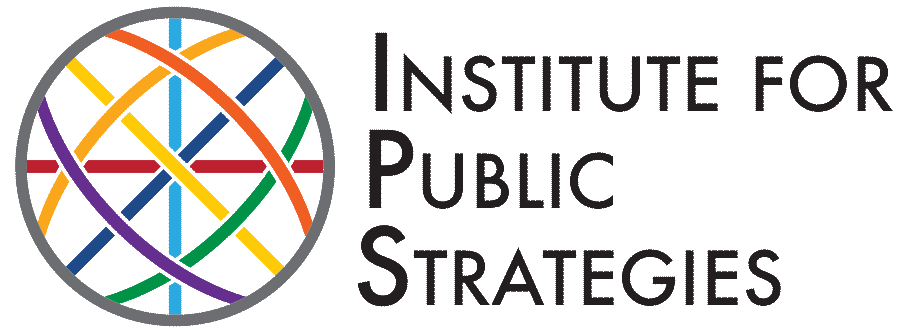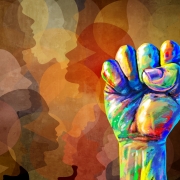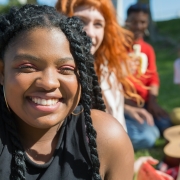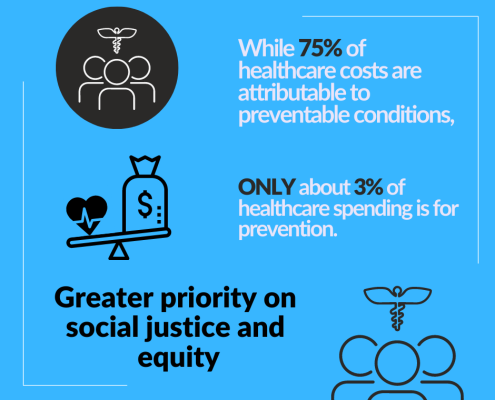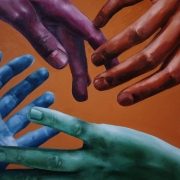How the “Housing Theory of Everything” Can Help Explain Alcohol and Other Drug Problems
Up until the 1980s, common knowledge held that preventing addiction to substances, be they narcotic drugs, tobacco, or alcohol, were issues to be dealt with at the individual level through education and grounded in a moralistic knowledge of what is right and wrong.
Since then, attitudes about how to prevent drug and alcohol misuse have been scaled up, no longer focusing on the individual, but instead, on the community, in what has come to be known as “upstream prevention.”
This strategy seeks solutions that address a plurality of root causes that lead to alcohol and drug disorders. A great example of such a pluralistic root cause for substance use disorders is an unfortunately common issue throughout the U.S.: housing insecurity.
The “housing theory of everything” is a phenomenon that implies the U.S.’ housing shortage contributes to a broad range of societal problems such as inequality, climate change, disease, and stagnant population growth. A case can also be made for throwing substance use disorders into the mix as a consequence of the nation’s housing shortage.
Housing as a basic need
Housing is a fundamental necessity of human health, fulfilling both physiological and safety needs. However, the U.S. is experiencing an unprecedented housing crisis, in large part because housing development hasn’t kept up at the same pace as population and job growth.
This is especially true in the nation’s largest metropolitan areas. Last year, approximately 20% of the U.S. population reported they were very likely facing foreclosure, and 14% likely facing eviction.
When individuals become unsheltered or are facing some type of housing insecurity, stress and anxiety can be dramatically exacerbated. This is due in part to the ripple effects of not having a stable and secure place to eat or sleep.
For example, individuals experiencing homelessness may find it difficult or near impossible to secure a job, as employers often require a stable address for employment. Similarly, things like physical and mental hygiene become difficult, if not impossible, to attend to when housing is not immediately available.
These compounding issues have a cascading effect on health and well-being and can lead to self-medication with drugs and alcohol.
“The Housing Theory of Everything”
Are substance use disorders a cause or an effect of housing insecurity? On this, experts disagree. But what we do know is that there is a strong association between housing insecurity and poor mental health, thus supporting the theory that one’s housing situation is determinative of a range of health outcomes.
Whether it is struggling with the anxiety of rising housing costs, an inability to pay rent, or uncertainty about where the next meal and place to sleep will be, many Americans are turning to common coping mechanisms: drugs and alcohol.
And as consumption of these substances increases, so do poor health outcomes as suggested by increases in healthcare costs to treat substance-related diseases, emergency department costs, alcohol-related traffic fatalities, and domestic violence.
This last fallout from alcohol and drugs – domestic violence – concerns many housing advocates. Approximately 80% of homeless mothers with children are victims of domestic violence. Many victims flee their abuser with scant economic resources, little family support, or no solid place to land.
Housing as a stabilizing factor toward mental health
Providing housing that is safe, clean, affordable, and accessible doesn’t completely solve the entire homelessness crisis, but is a good first start. When a basic need like housing is met, we can start to see a general decrease in self-medicating habits, as well as a greater community impact through less burdensome social services.
The State of California has enacted legislation that commits over half a billion dollars to housing and services for individuals struggling with mental health and substance use disorders. This effort is a fundamental starting point for addressing the link between housing and substance use, providing treatment beds for over 1,000 Californians experiencing homelessness.
However, programs like this fall short by treating housing insecurity as the result, rather than the cause, of substance misuse. Instead, we need to focus efforts toward programs aiming to thwart housing insecurity at its root. By providing stability and security, we can eliminate many of the anxieties that contribute to substance use disorders, and we can make a meaningful difference.
Author:
Michael Pesavento
Media Advocacy Specialist
Michael Pesavento is a Media Advocacy Specialist in the San Diego County office. He serves on the Binge and Underage Drinking Initiative that aims to reduce harms and responsibly regulate drug and alcohol usage in the San Diego area.
